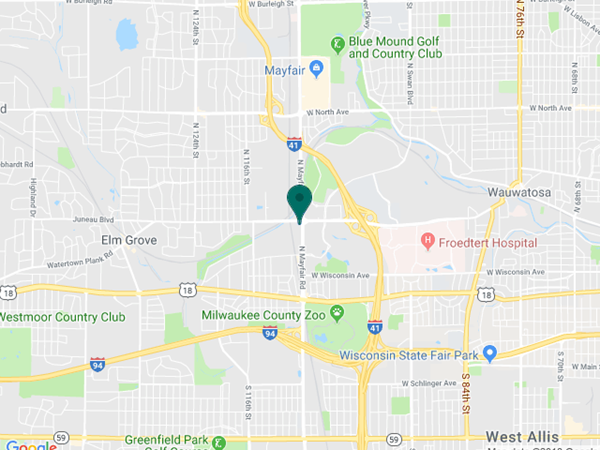Treatment for complex hand injuries following a significant traumatic injury requires special surgical expertise. Microscopic surgery is required to repair the small nerves and blood vessels in the hand. Fixation of bones may be completed through the use of plates, screws, wire, pins or external fixators. Injured tendons may be directly repaired, or if injured more seriously may require a tendon graft (spare piece of tendon sewed into the gap caused by injury), or may require tendon transfer (nearby tendon is redirected to perform function similar to injured tendon. Missing skin tissue may be replaced using various types of skin grafts (layers of skin donated from other area on body), or may be temporarily covered by manufactured tissue. Restoration of appropriate circulation to the hand may require significant medical interventions, and close monitoring by medical staff.
Hand Therapy for Complex Hand Injuries
An appropriate and timely hand rehabilitation program is critical to restoration of functional use of the hand. Skilled hand therapists make customized splints or “orthoses” to position and protect the hand during the healing period. Early Hand Therapy interventions may also include wound care, edema control, and initiation of motion exercises very specific to your type of hand injury. Therapy in the later phases of healing may incorporate scar management, active motion exercises, functional use and strengthening of the hand.
Long-Term Outcomes following Complex Hand Injury
Severe traumatic injuries can be very difficult to treat, and in most cases full normal motion and sensibility does not return following the injury. Extensive scarring on the inside of the hand may cause the tendons to lose their ability to bend and straighten the joints, or may cause the joints to be stiff and less mobile. Sometimes additional surgery may be required to improve motion, sensation, or functional use of the hand.



